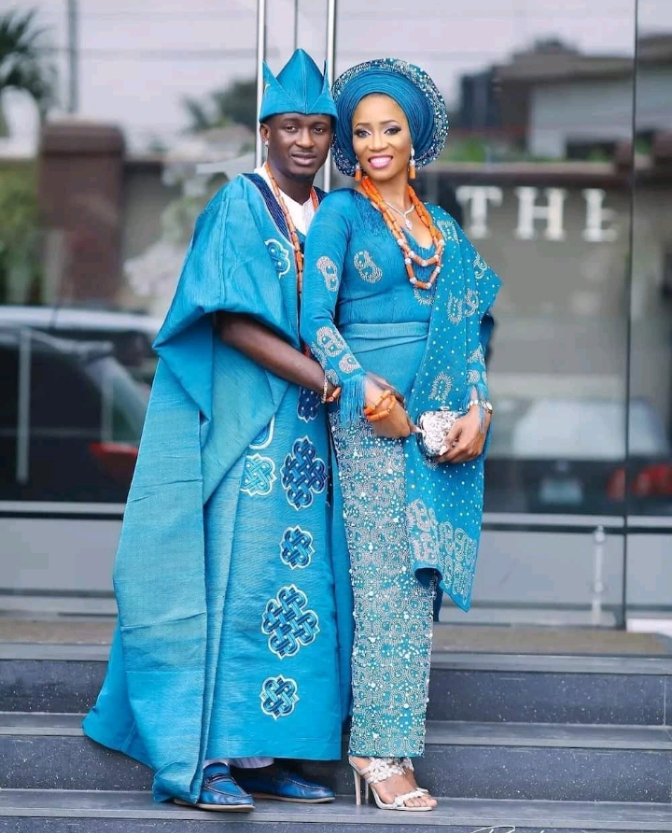Nigerian clothing is a diverse collection of traditional attire and modern designs that represents Nigeria’s rich cultural heritage. Nigeria has more than 250 ethnic groups, each with their own unique clothing style.

Traditional Nigerian clothing is made from natural materials, such as cotton, silk, wool, and leather, and is often decorated with intricate embroidery, beadwork, and woven patterns.
The history of traditional Nigerian clothing can be traced back to ancient times. Early Nigerian clothing was made from animal skins, woven grass, and bark cloth. These materials were used to make robes, loincloths, and other garments. Over time, new fabrics and techniques were introduced from other parts of the world, such as India and the Middle East. These influences can be seen in Nigerian clothing, which includes colorful kaftans, head wraps, and flowing robes.
The significance of traditional Nigerian clothing varies from region to region. In some cultures, certain colors and patterns have symbolic meanings. For example, the Yoruba people of southwestern Nigeria wear clothing that features geometric patterns and bright colors, which represent their cultural identity and social status. Other cultures use clothing to mark important life events, such as weddings and funerals. For example, the Igbo people of southeastern Nigeria wear special clothing during their traditional wedding ceremonies, which consists of a brightly colored lace blouse, wrapper, and head scarf.
Today, Nigerian clothing has gained international recognition for its unique style and craftsmanship. Nigerian designers have created contemporary clothing that blends traditional and modern designs, using vibrant colors and bold prints. Nigerian fashion shows and events have become increasingly popular, showcasing the diversity and creativity of Nigerian clothing and fashion.